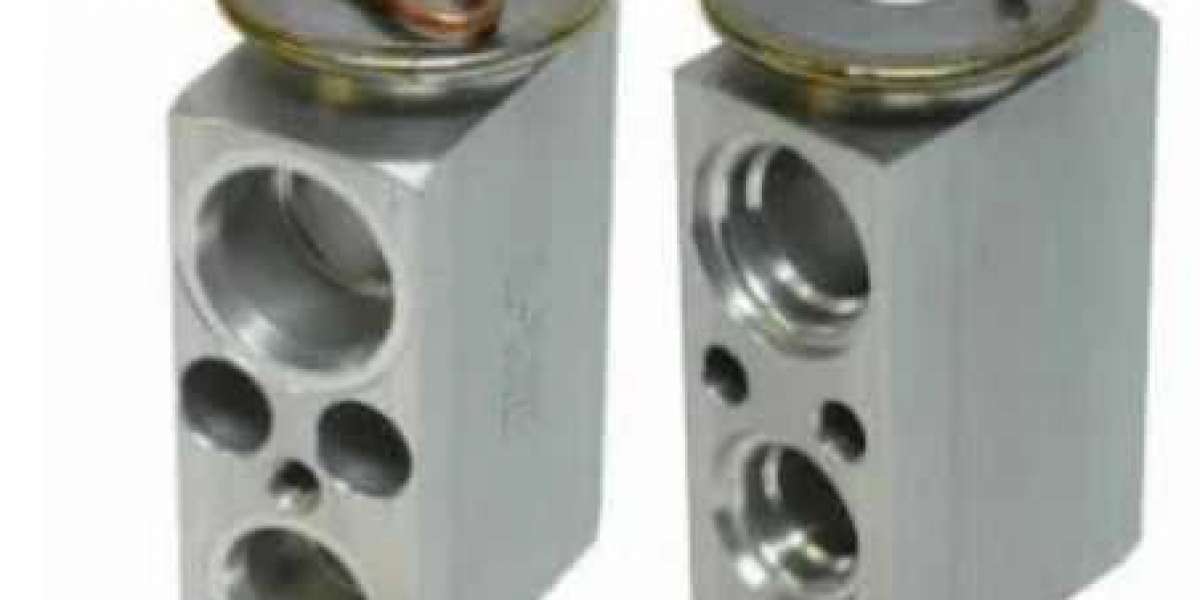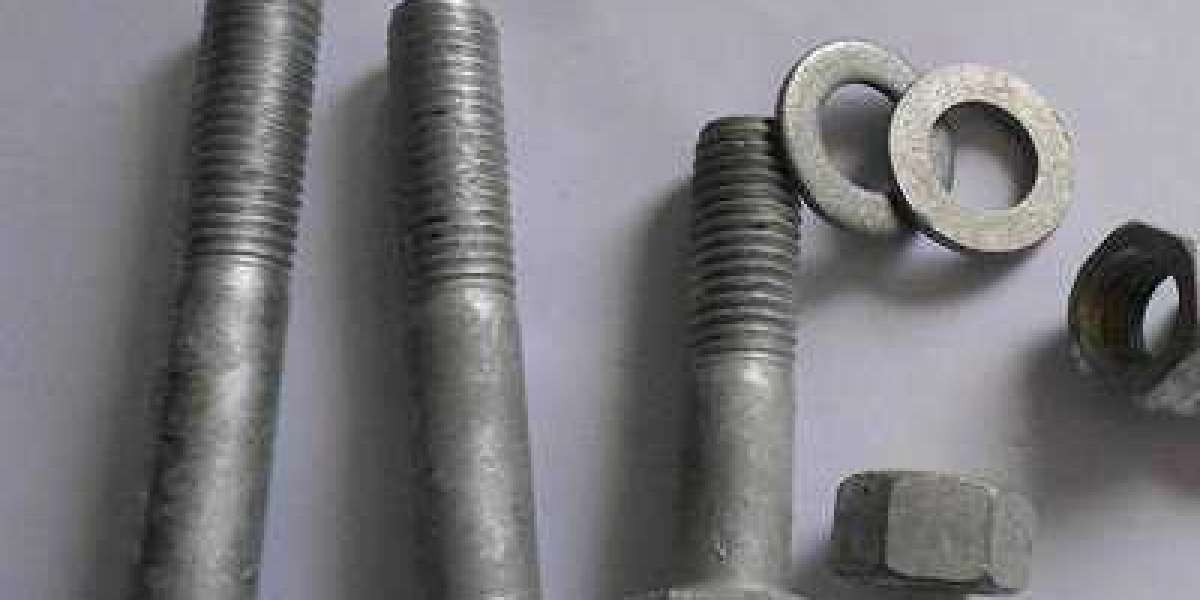The two main components of off-roading are simple: overcome obstacles and maintain traction. In fact, aftermarket mods thrown onto off-road rigs are aimed at beefing up a vehicle’s ability to perform these two tasks. A locking differential is certainly of no exception. But the debate rages on among off-road enthusiasts as to which is better: Air Lockers or E-lockers?
Awhile back, we broke down the science behind open, limited slip, and locking differentials in a Tech Corner right here on the Engine Block.
For the rest of ya’s, here’s the diet version:
A air locking differential is designed to allow both wheels to rotate at different rates of speed, essentially allowing a vehicle to turn properly. Most stock vehicles come with open differentials, and in some cases limited slip differentials. While both of those setups are fine for pavement driving, they are less than ideal for off-road excursions. In low traction situations, you don’t want to be caught with one tire spinning faster than the others—if they’re even turning at all. A locked differential, which locks the axles together so that both wheels receive full power from the engine at all times, will provide the maximum traction you need to conquer obstacles on the trail.



